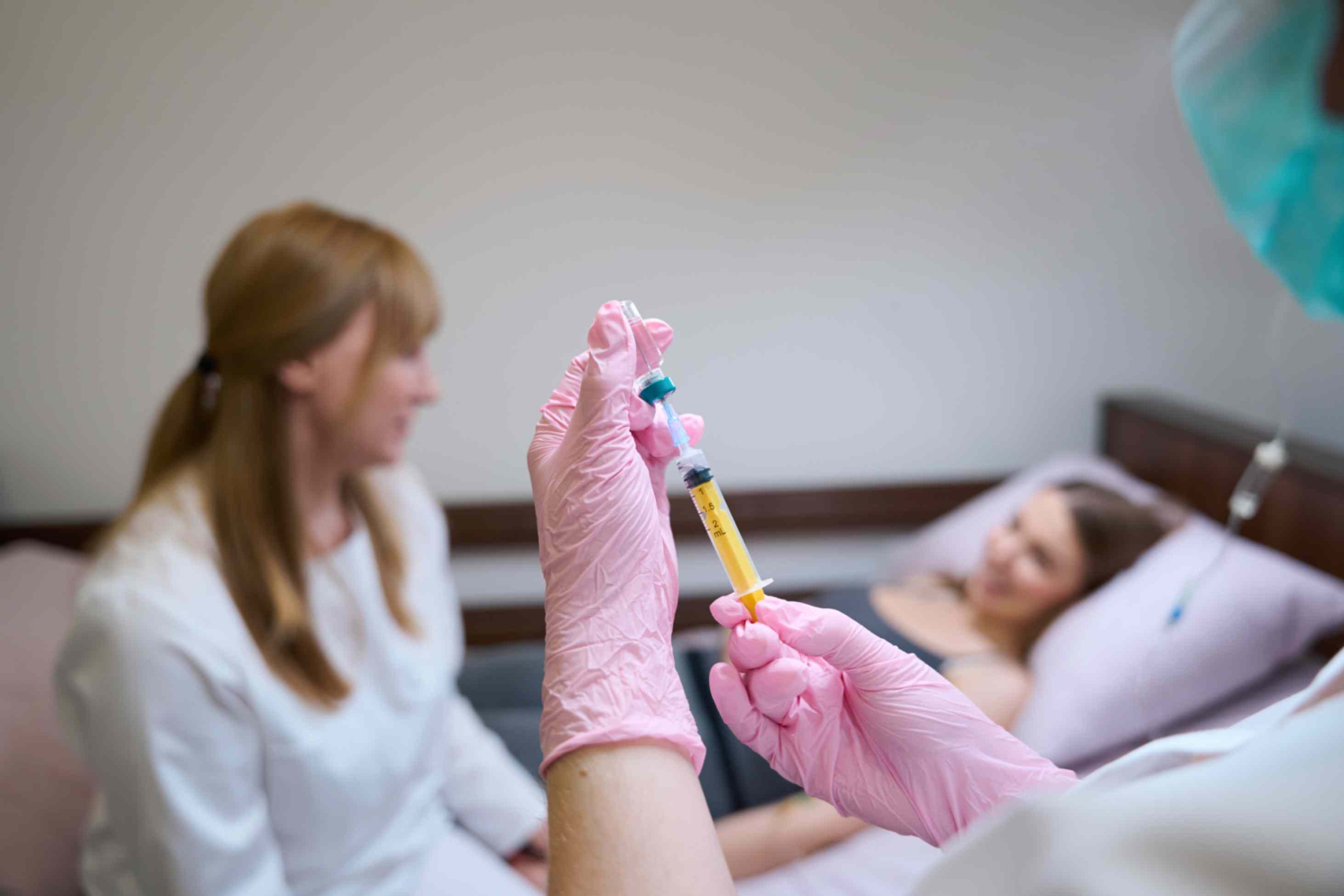Stem Cell Injections for Tendon and Ligament Injuries: Are They Effective?

Strong 8k brings an ultra-HD IPTV experience to your living room and your pocket.
Tendon and ligament injuries are common, affecting everyone from elite athletes to weekend warriors and even those with physically demanding jobs. These injuries can be stubborn, slow to heal, and often lead to chronic pain or limited mobility. In recent years, stem cell therapy has emerged as a promising new treatment, offering hope for faster and more complete recovery. However, what is the effectiveness of stem cell injections for injuries to ligaments and tendons? Let’s take a closer look at the science, evidence, and future of this innovative therapy.
Key Takeaways
- Stem cell injections are a promising treatment for tendon and ligament injuries, with some studies showing improved healing and pain reduction, especially in chronic cases.
- Evidence is mixed: Not all research demonstrates clear benefits over conventional therapies, and results can vary based on the type of injury, stem cell source, and treatment protocol.
- Safety profile is generally favorable, with mostly mild and temporary side effects reported, but long-term safety and effectiveness still require further study.
Understanding Stem Cell Therapy
Stem cells are special cells that have the amazing capacity to differentiate into a wide variety of cell types. Mesenchymal stem cells (MSCs), which can be isolated from bone marrow, adipose tissue, or occasionally even blood, are the most often utilized stem cells for orthopedic injuries. The idea behind stem cell therapy is that these cells can either transform into new tendon or ligament cells or release substances that stimulate the body’s own repair mechanisms.
Stem cells are typically injected directly into the injured tendon or ligament, sometimes guided by ultrasound imaging. This minimally invasive approach aims to kickstart the healing process in tissues that otherwise have poor blood supply and limited regenerative capacity.
What Does the Evidence Say?
Tendon Injuries
Research into stem cell injections for tendon injuries—such as rotator cuff tears, Achilles tendinopathy, and tennis elbow—is growing rapidly. Some clinical trials and systematic reviews have reported:
- Improved healing rates and better tendon structure on imaging
- better function and less discomfort, particularly in chronic instances that didn't respond to traditional treatments
- Faster return to activity in some studies
However, not all studies agree. Several trials have found no significant difference between stem cell injections and traditional treatments like physical therapy or platelet-rich plasma (PRP). The variability in results may be due to differences in stem cell sources, doses, and patient selection.
Ligament Injuries
The evidence for ligament injuries, such as anterior cruciate ligament (ACL) tears, is less robust. Early studies suggest stem cell injections might help with tissue quality and healing when used alongside surgical reconstruction, but the data is still limited. More research is needed to determine whether stem cell therapy can replace or simply enhance traditional ligament repair methods.
How Do Stem Cells Work?
Stem cells may aid tendon and ligament repair in several ways:
Differentiation: They can transform into tendon or ligament cells (tenocytes or ligamentocytes), directly contributing to tissue repair.
Paracrine Effects: Stem cells release growth factors and cytokines that reduce inflammation, promote blood vessel formation, and stimulate the body’s own healing cells.
Immunomodulation: They may help regulate the immune response, reducing harmful inflammation that can delay healing.
Safety and Risks
When administered by qualified medical professionals, stem cell therapy is usually regarded as safe. The majority of side effects that are reported are modest and transient, like injection site discomfort or edema. Serious complications are rare, but as with any medical procedure, risks exist. Importantly, the long-term safety of stem cell injections is still being studied.
Limitations and Challenges
Despite the promise, several challenges remain:
- Quality of Evidence: Many studies are small, lack control groups, or have potential biases.
- Standardization: There’s no universal protocol for stem cell source, dose, or injection technique.
- Regulation: Stem cell treatments are not yet fully regulated or approved for all indications, and some advertised therapies may not be evidence-based.
- Cost: Stem cell therapy is frequently not covered by insurance and might be costly.
The Future of Stem Cell Therapy
Researchers are working to optimize stem cell treatments by improving cell preparation, combining stem cells with other regenerative techniques, and personalizing therapy to individual patients. Large, high-quality clinical trials are underway to better define who will benefit most from this approach.
Conclusion
Stem cell injections represent an exciting frontier in the treatment of tendon and ligament injuries. Early results are promising, especially for patients with chronic or hard-to-heal injuries. However, the current scientific evidence is mixed, and more research is needed before stem cell therapy becomes a standard treatment.
Note: IndiBlogHub features both user-submitted and editorial content. We do not verify third-party contributions. Read our Disclaimer and Privacy Policyfor details.







